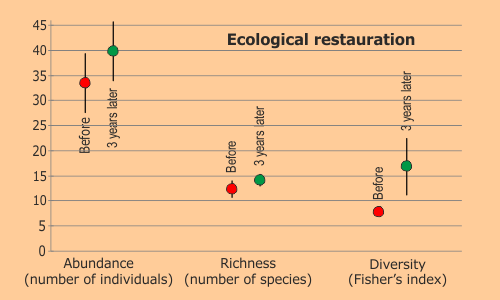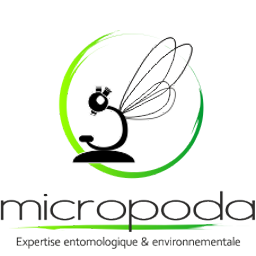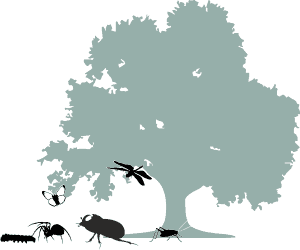Why is the study of insects a good ecological diagnostic tool?
Insects are good indicators of biodiversity
Insects represent 2/3 of the planet's biodiversity, far ahead of plants and other animals. Insects and plants together represent 5/6 of biodiversity.
Over 80% of terrestrial animal species are insects, i.e. one million known species in the world, while vertebrate animals (43,000 species) represent only 2.7% of this biodiversity, birds (9,000 species) less than 1%, mammals (4,500 species) less than 0.5%!
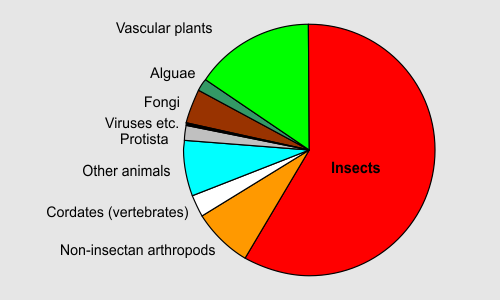
Insects are good indicators of habitat quality
Insects have evolved with higher plants (about 200,000 species) for nearly 100 million years; they occupy all ecological niches, all habitats, and have adopted all kinds of lifestyle.
There are therefore species of insects specific to the place at any site, characteristic of the ecological conditions of this place, closely associated with certain plants. In Réunion, the proportion of endemic species is an excellent indicator of the degree of conservation of native habitats.
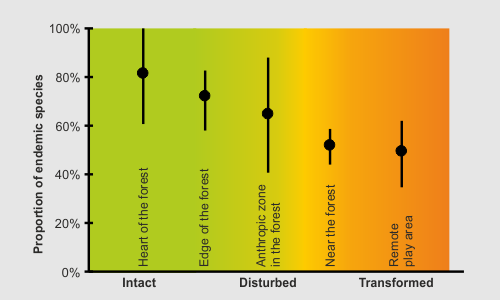
The study of insects allows fine and robust statistical analyzes of various ecological phenomena
Insect communities represent hundreds of species, even at the scale of a few hectares, and thousands of individuals, which provide important databases to improve the statistical power of analyzes and the finesse of ecological diagnoses.
